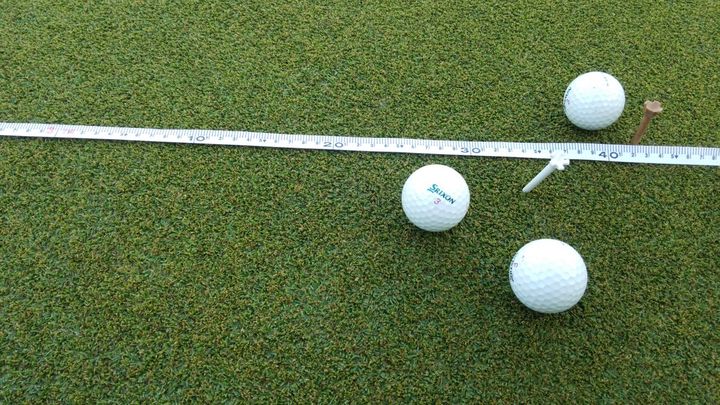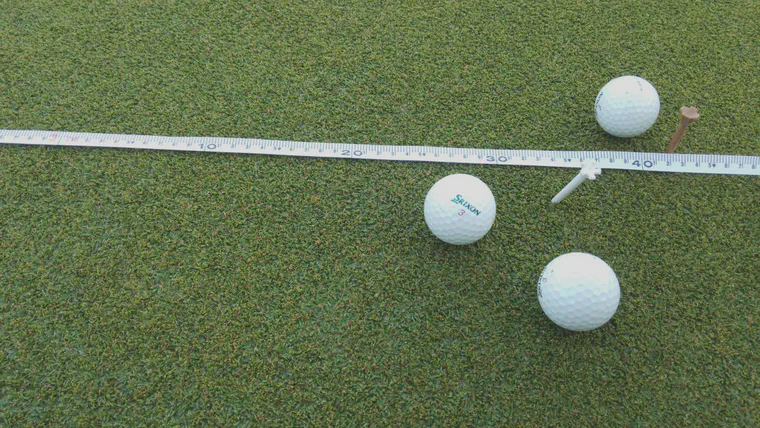5 examples of Goodhart's law in turfgrass management
 Stimpmeter measurements are especially susceptible to Goodhart’s law.
Stimpmeter measurements are especially susceptible to Goodhart’s law.When a measure becomes a target, it ceases to be a good measure.
That’s a generalization of Goodhart’s law. I’m an advocate of measuring some surface performance, plant, and soil parameters. In fact, I’ll be making a couple presentations about that topic this month, so you’ll be hearing more from me about just what I recommend.
But I try to keep remembering Goodhart’s law, because if one looks at the measure as a target, then makes adjustments to try to hit a target, things don’t necessarily work out. Here are five examples.
1. Surface area impacted by coring
Having a target for surface area removal made sense to me ten years ago. I recommended that all the time. But a 20% surface area removal target doesn’t make sense anymore. There’s a lot of surface disruption that gets done to try to hit a target. Then to get quick recovery from the surface disruption, more N and more water are applied, stimulating more growth and more thatch, fiber, and organic matter production than one would have had if the surface wasn’t impacted.

2. Sand topdressing to hit a certain amount
This is closely related to the first one. Trying to add a certain amount of sand, or supplying sand on a regular schedule, is probably not the most efficient way to get the desired results.
3. Stimpmeter readings as a target
In the worst case, grass is damaged by low mowing heights or a growth rate that is too slow, in attempts to reach a stimpmeter reading target. There’s also the common case where the stimpmeter reading is reported as whatever one feels like—say zoysia greens at 12 feet all summer long—without actually measuring. And there is also the general case of the measure becoming a target and the stimpmeter no longer being used to assess variability.

4. Soil moisture as a target
With the routine use of soil moisture meters, it is easy to put a number to relatively how much plant available water is in the soil. What one really wants to do with water, though, is keep the grass growing at the desired rate. Hitting certain numbers with the soil moisture meter doesn’t necessarily accomplish that.
5. Soil test targets
Soil nutrients and optimum ranges are ingrained in the industry and will probably be around for many more years. But that doesn’t mean they are correct. How many hours have been wasted applying calcium that didn’t do anything to the grass or the soil, simply because the soil test showed that the calcium was a bit lower than an arbitrary target? How much potassium has been applied to try to reach an arbitrary (and unreachable) target, when the grass couldn’t possibly use the amount applied, and the soil can’t hold it either?
Those are a few examples. As measurements and data (and targets associated with those measures) become more and more common in the turfgrass industry, we should be aware that targets can quickly turn a good measure to a poor one.